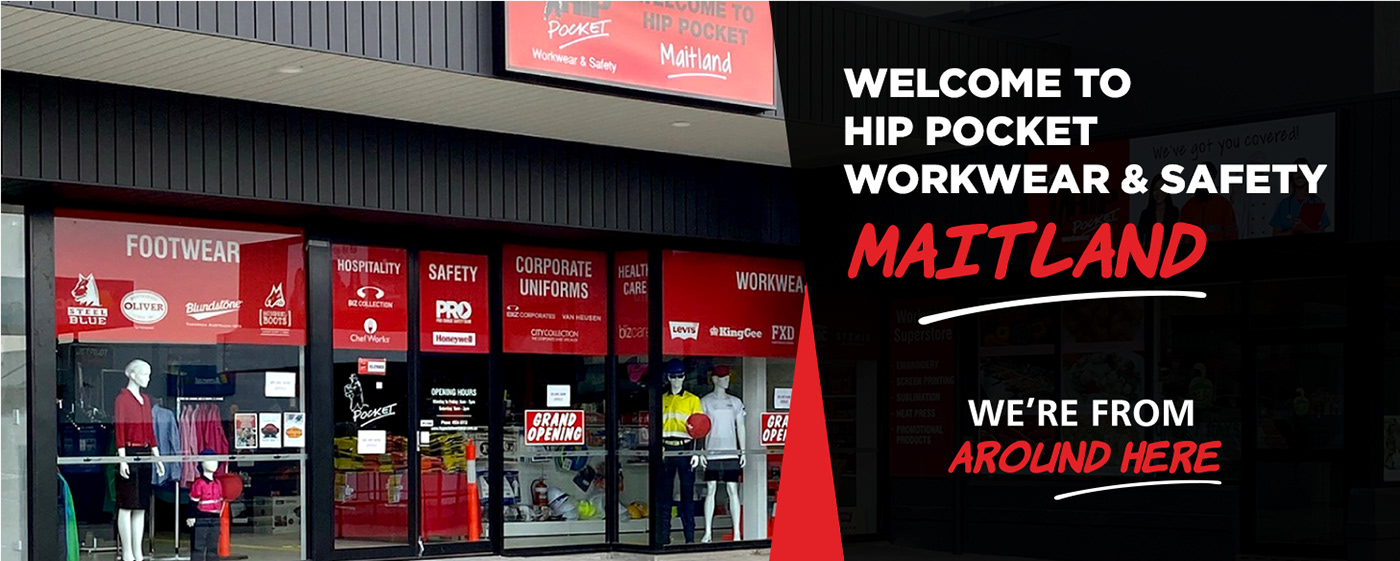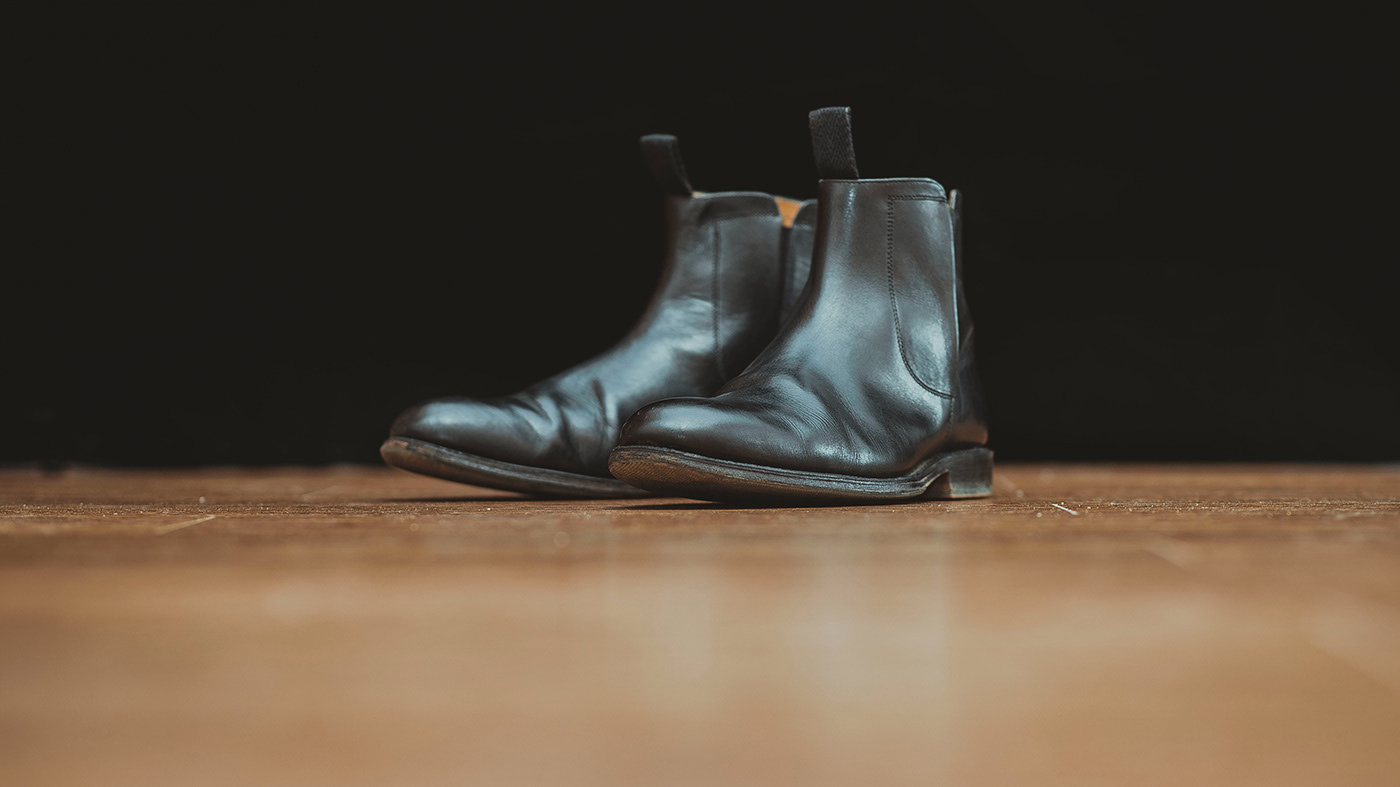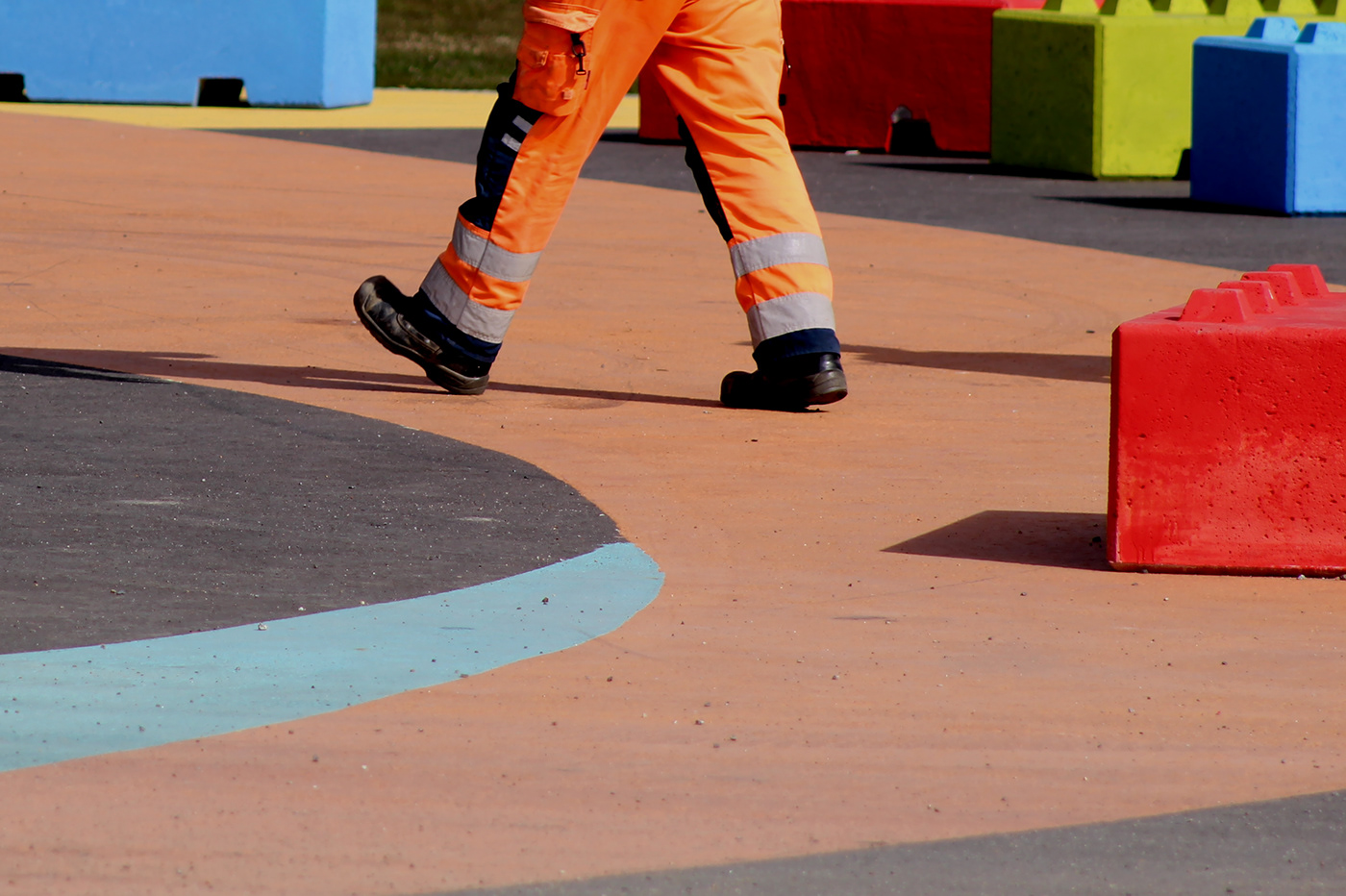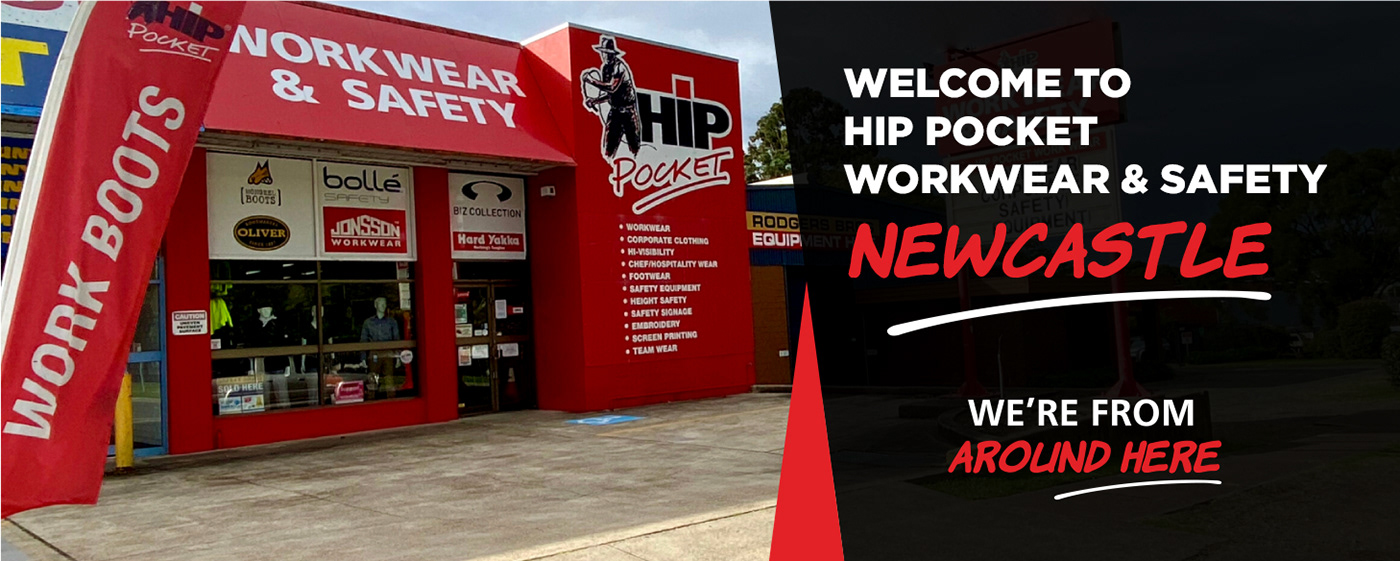Guide to Buying the Best Work Boots
With Australians working longer hours than ever before, proper attire and work boots are essential for preventing long-term injury to the body. This is especially critical for blue-collar employees and construction workers who are on their feet all day and may be exposed to the sun.

Picking the right work boots is just as important as choosing the right work clothes, as is making sure you slip-slop-slap to protect your skin from UV damage.
Not only should suitable safety shoes protect the worker from industrial risks like tripping and electrocution, but they should also give maximum comfort and support for the feet and body.
Unlike generic footwear, genuine safety shoes should feel comfortable the instant you put them on and should not require "breaking in" before they are comfortable. The incorrect work boots can place additional strain on joints and bones, resulting in painful diseases such as plantar fasciitis, knee difficulties, and shin splints.
Even with extensive instruction in shoe style, quality, and size, many people have difficulty choosing footwear that is appropriate for their specific foot needs. As a result, taking the effort to pick proper footwear tailored to reduce occupational dangers is vital.
Is the closing elastic, lace-up, or zipper? We'll go through the many types of work boots available and help you pick which one is best for you.
These boots are popular because they are easy to put on and take off. Because it is light, soft, and breathable, with excellent grip and balance underfoot, this style of the safety shoe is ideal for persons with broader feet.
Another significant advantage of this design is improved ankle articulation. This sort of boot is especially useful for drivers with active feet since it restricts ankle movement less and can help with accurate and precise machine operation.

Zip-Sided Work Boots
Zip-side boots offer the best of both worlds by offering enough ankle support while being simple to put on and take off. Furthermore, side zippers are far more pleasant to operate than traditional lacing procedures if a user has hand issues.

Another excellent and time-saving option is to pair a lace-up with a zip-side work boot. The laces ensure a solid fit around the foot and ankle and allow for a customised fit. Once the laces have been altered to the user's liking, the wearer may just zip the shoes on and off without having to deal with them.
Lace Up Work Boots
Lace-up boots give additional ankle support since they can be adjusted for a custom fit and keep the ankle firmly in place. They are perfect for both broad and narrow feet due to their capacity to change the fit and relax or tighten as needed.
Over-the-ankle lace-up boots can protect users from a variety of risks, including burns, wounds, and abrasions, and the majority of lace-up boots include a bellows tongue that reduces the likelihood of things entering the boot.
Lace-up boots offer the extra benefit of allowing wearers to change the boot's fit to their personal preferences. Laces must be securely knotted at all times to avoid tripping hazards.

Conclusion
When it achieves these conditions, work boots help reduced the wearer's risk of damage.
Boots with zips, lace-ups, or elastic sides may all do the job, but they must be chosen carefully to match certain conditions and expectations.
The boots should be snug but not so snug that the user feels uncomfortable. However, no major movement of the foot in the boot is permitted, as this indicates that the wearer is not receiving adequate support.

